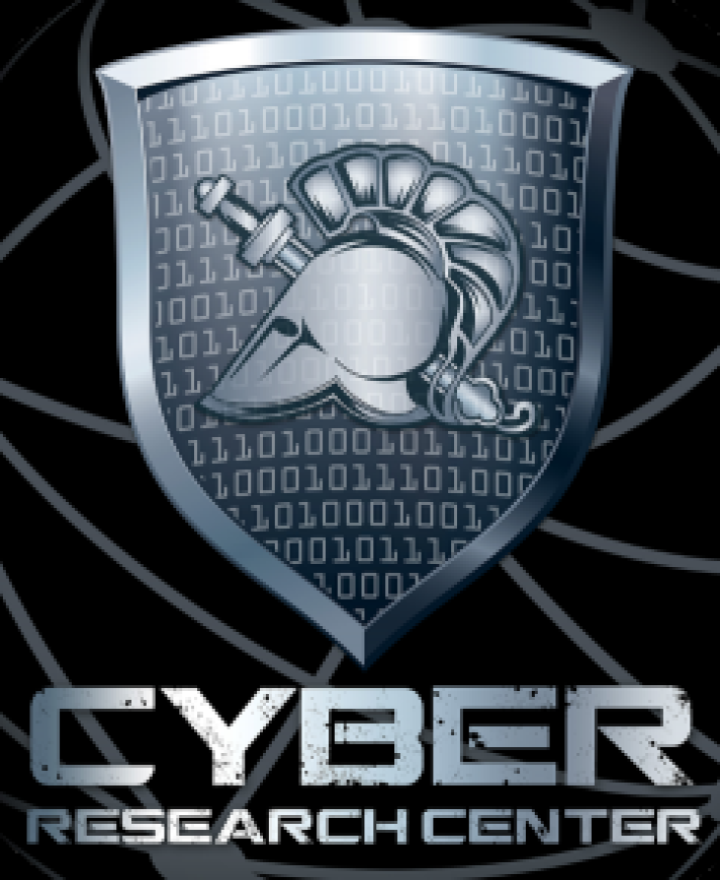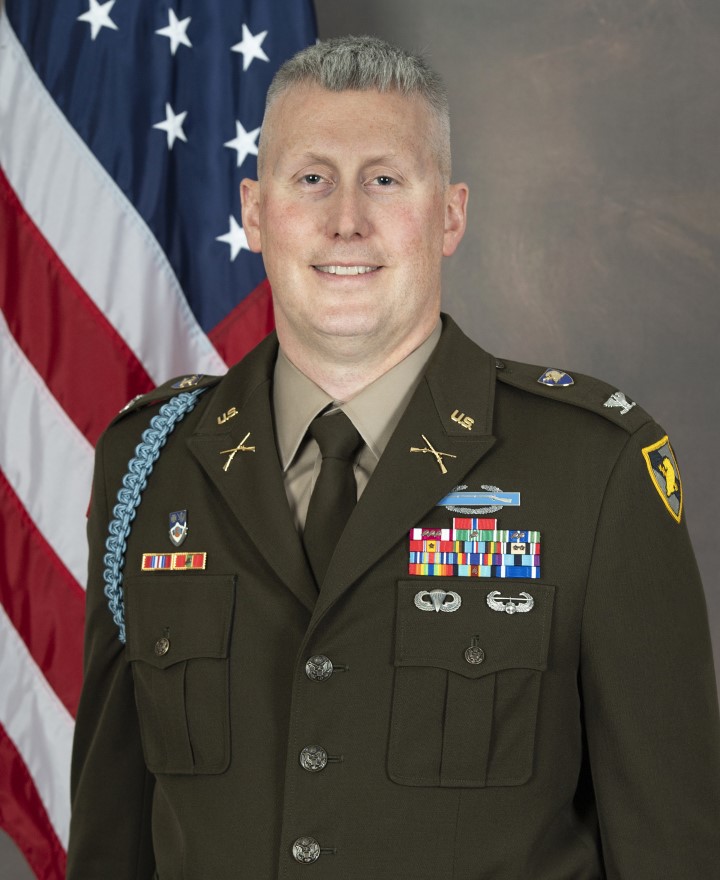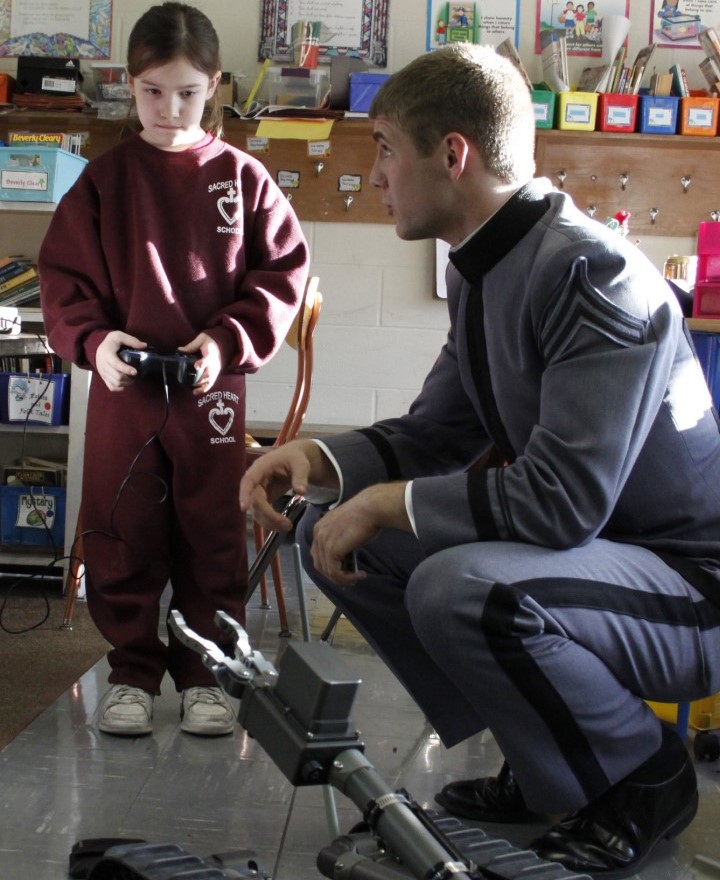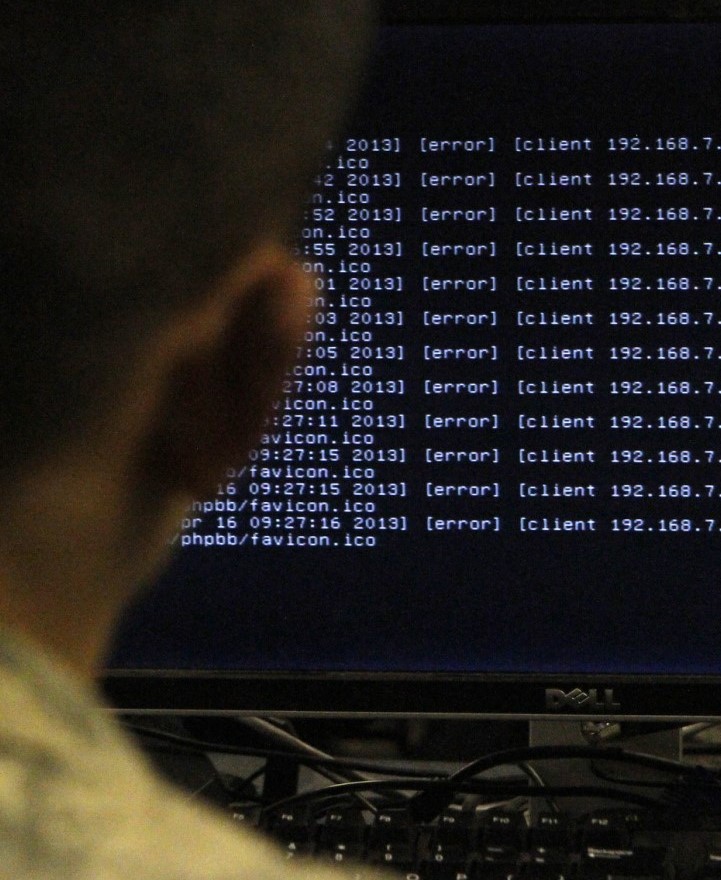
The Cyber Research Center (CRC) is one of three research centers in the Department of Electrical Engineering and Computer Science. The research centers exist to provide opportunities for development to both cadets and faculty, above and beyond the curriculum. The CRC focuses on opportunities and research that span the entire continuum of cyberspace operations.
CRC Mission:
To educate and inspire cadets in cyberspace operations, find and sustain margin of excellence opportunities for cadets and faculty, and build and maintain ties with the Army and national cyberspace operations community to develop the skills necessary to fight and win in the cyber domain

COL Tom Babbitt is an Infantry Officer and former Information System Management Officer (FA53). COL Babbitt is a graduate of the Command and General Staff College, Combined Arms and Staff School, Infantry Captains Career Course, Infantry Officer Basic Course, Airborne and Air Assault School. He deployed to Bosnia-Herzegovina in support of Operation Joint Forge in 2002, to Iraq in support of Operation Iraqi Freedom from August 2005 to November 2006 and Kuwait from July 2012 to July 2013. His academic interests include network protocols, network security, and cyber policy.






U.S. Military Academy
Official Mail and Distribution Center
ATTN: MADN-EECS CRC
646 Swift Road
West Point, NY 10996-1905
Phone: (845) 938-5537
The CRC research program integrates faculty and cadet efforts to solve both academic and real-world problems. The CRC works with a variety of government, industry, and academic partners.